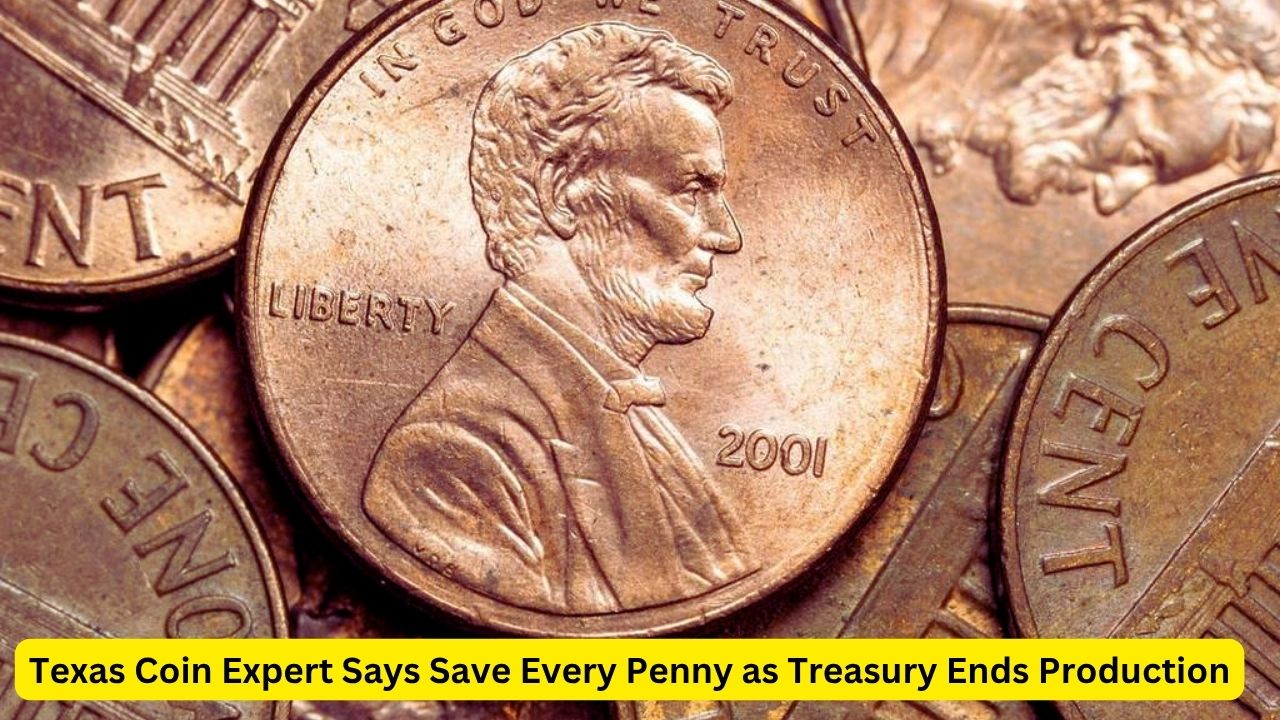Penny Production Comes to a Halt
The U.S. Treasury’s decision to stop making pennies has sparked a rush to save those little copper coins. Announced in February 2025 by President Donald Trump, the move aims to cut costs since each penny now costs 3.7 cents to produce. With over 114 billion pennies in circulation, a Texas coin shop owner, Mike Welsh from Midland, is urging everyone to hold onto their pennies, as some could become valuable treasures.
Why the Penny Is Disappearing
The U.S. Mint has been making pennies since 1792, but rising costs have made them a financial burden. In 2024, the Mint produced 3.2 billion pennies, losing $85.3 million in the process, according to its annual report. The Treasury placed its last order for penny blanks in May 2025, and production will end by early 2026. Other countries, like Canada, have already phased out their pennies, and the U.S. expects to save $56 million a year by stopping.
Some Pennies Are Worth Big Money
While most pennies are worth just one cent, rare ones can be worth thousands or even millions. Welsh, a longtime collector, says copper pennies could rise in value as they become scarcer. “In the last couple years, they’ve been worth over two cents each because of copper prices,” he told NBC DFW. Rare coins, like those with minting errors, are especially valuable, and collectors are eager to find them.
Valuable Pennies to Look For
Here’s a quick guide to some of the rarest pennies:
| Coin | Estimated Value | Key Feature |
|---|---|---|
| 1943-D Bronze Wheat Penny | Up to $159 million | Bronze error, not steel |
| 1909-S VDB Lincoln Cent | Up to $258,000 | “VDB” initials on back |
| 1969-S Doubled Die Penny | Up to $126,000 | Doubled text on front |
| 1914-D Lincoln Penny | Up to $159,000 | Low mintage of 1.2 million |
How to Spot a Rare Penny
To find a valuable penny, check the year and mint mark—a small “D” for Denver, “S” for San Francisco, or no mark for Philadelphia. For example, the 1943-D Bronze Wheat Penny should be bronze, not the steel used during World War II. Look for the wheat stalk design on the back, used from 1909 to 1958. A magnifying glass can help spot errors, like doubled text on the 1969-S penny. If you find something unusual, take it to a coin shop for an appraisal.
What to Do with Your Pennies
Even if your pennies aren’t rare, they’re still useful. You can roll them up and deposit them at a bank, use coin-counting machines like Coinstar (which may charge a fee), or donate them to charities. Welsh suggests keeping them, as copper prices may drive up their value over time. With penny production ending, businesses might start rounding prices to the nearest nickel, but pennies will remain legal tender for now. So, check your change, piggy banks, or old jars—you might have a hidden gem.



